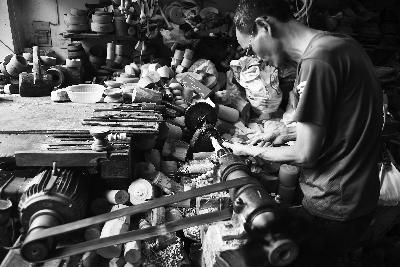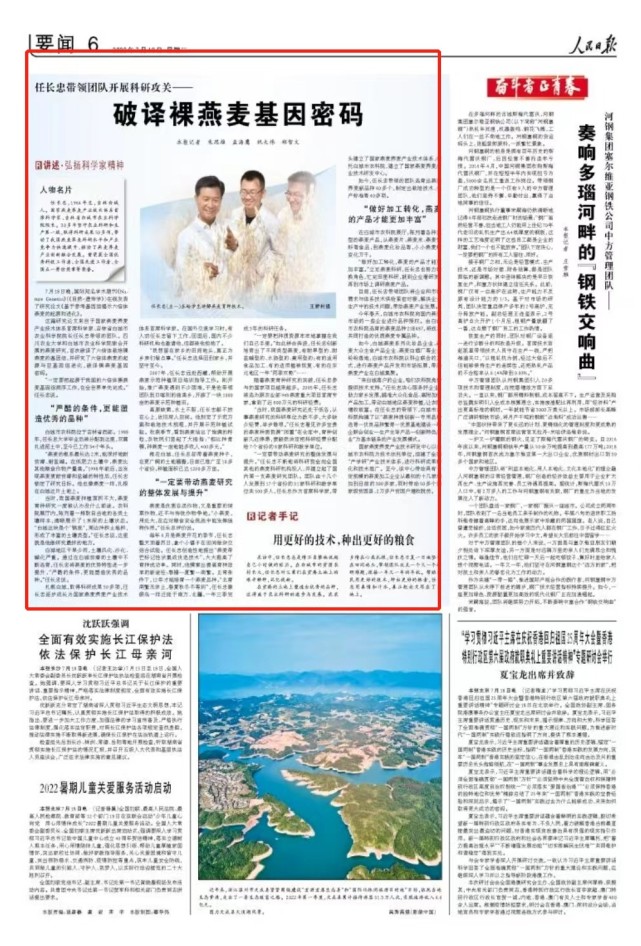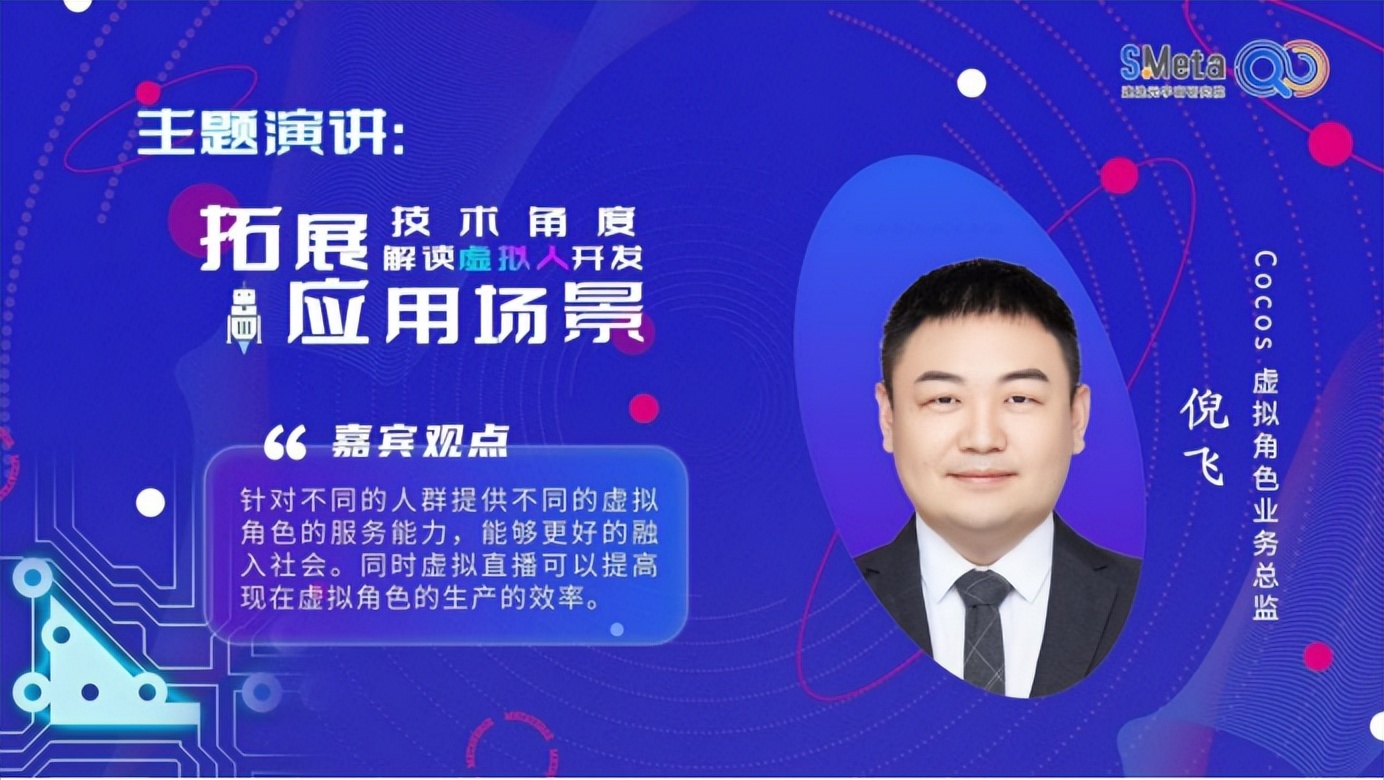Replace the Chinese supply chain? Vietnam is more like supplement
Author:Global Times Time:2022.08.30


Our reporter Zhao Jueyi, a special reporter in Vietnam, Yunyu
Foreign media recently said that Apple plans to produce smart watches Apple Watch and laptop MACBOOK for the first time in Vietnam. Earlier, Samsung, South Korea, also announced that it would begin manufacturing semiconductor parts in Vietnam. In this regard, some media commented that Made in Vietnam is going global and has potential to replace China. For a period of time, the movement of some manufacturing industries has attracted much attention from China. Western media particularly paid attention to Vietnam's wind and grass, and keen to linked to China. It believes that Vietnam will replace China's "world factory" status. What is the real situation in Vietnam? Which industries are welcomed in Vietnam? What does Vietnam think about the supply chain relationship with China? "Global Times" reporter interviewed a number of experts and scholars for this reason.
None of the core parts are "Made in Vietnam"
"Nikkei Asia" reports that Apple, which has produced wireless headphones and iPad in Vietnam, is preparing to create Apple Watch and MacBook in Vietnam. Sources revealed that Apple's two major suppliers Lizun Precision and Hon Hai have begun to try to produce Apple Watch in northern Vietnam. It is planned to start producing this smart watch for the first time outside China.
However, Japanese media also mentioned that Apple has asked suppliers to set up a test line, but Vietnam's mass production progress is slow, partly due to the interference of the epidemic, and partly because the production of laptop computers involves a large supply chain. Most of the laptop supply chains are concentrated in China, and the cost is extremely advantageous. A person who understands the situation said, "Apple still has a lot of plans in Vietnam. MacBook parts are more modular than in the past, which makes it easier for manufacturers to produce laptops overseas, but how to make it costly competitive, Is another challenge. "
Apple's layout in Vietnam began with AirPods. This wireless headset was first produced in Vietnam in 2020. The analysis believes that this is related to the United States' provoking trade disputes with China, and promotes Apple to start the assembly of products out of China. Industry insiders believe that although Apple has begun to produce Apple Watch and MABOOK in Vietnam, it is of great significance to the local manufacturing industry, but it also needs to see that Apple products have long supply chains and many suppliers. Vietnam is currently undertaken from China from China. Some are only downstream assembly. The task is to assemble parts into complete devices.
In Apple's previous 2020 main supplier list, Chinese manufacturers accounted for nearly half of the top 200 suppliers, such as Ruisheng Technology supply acoustic devices and BOE supply screens. Recently, there are also media reports that domestic flash memory chip manufacturers have officially entered the iPhone supply chain this year, causing the attention of Korean media.
An engineer who is familiar with the mobile phone manufacturing process told the Global Times reporter that although more Apple products will be labeled with the "Made in Vietnam" in the future, this does not mean that Vietnam has a very important position because the lens inside is the lens inside The core parts such as touch screens and storage chips are not "Made in Vietnam". At present, Apple's products in Vietnam are also foreign investment. Vietnam only provides artificial, land and tax incentives, but cannot enjoy the highest profit parts in electronic product manufacturing.
Hope to follow Shenzhen to attract high -tech
"Vietnam still relies very much on the upstream products provided by China. Most factories only migrate production capacity to Vietnam." Xieli Management Consultation of the High -level manager of the Hanoi office Felipo Boltototti analyzed the Global Times reporter, saying that This transfer mainly appears in the manufacturing and processing industry, especially electronics, plastic, consumer goods, packaging, energy and other fields. This transfer is related to the epidemic and international political risks. Companies that choose to diversify supply chain mainly value Vietnam's investment incentive policies and lower labor costs.
Boltototti has worked in Vietnam for a long time and has close contact with the local government and enterprises. He believes that Vietnam's current focus is to attract investment in high -tech, information technology and supporting industries, such And the production of key information technology products, manufacturing of mechanical products, etc. A few days ago, the Vietnamese government approved the "2021-2030 Foreign Investment Cooperation Strategy". Its primary goal is also projects that attract high-tech and high value-added projects to better connect the international industrial chain and supply chain.
Vietnam is trying to climb the upstream of the industrial chain and value chain, and prefers those high -tech, high value -added industries, but there is still a gap with the real decision -making of foreign investors. The "Vietnamese Briefing" website recently stated that some people have cheered Vietnam's exports over Shenzhen, "but" Shenzhen has changed from low -quality manufacturing to high -end manufacturing. This is what Vietnam wants. " The Vietnamese Briefing states that Vietnam's attractiveness in labor -intensive industries is very obvious, but the country also hopes to imitate Shenzhen in attracting high -tech industries.
Earlier this month, Samsung announced that it is testing the production of FC-BGA high-performance semiconductor packaging substrates in Taiyuan, northern Vietnam, and plans to officially begin mass production in July 2023. Although this sounds like Vietnam's field of semiconductor manufacturing involving high -tech, in fact, the above products are not the core of the semiconductor core.
Boltototti also told the Global Times reporter that although Vietnam has the potential to really enter the semiconductor manufacturing field, it still takes time. Vietnam still depends on China as a place for manufacturing parts. Although some factories moved to Vietnam, companies did not really abandon China's business and only transferred some production processes to Vietnam. "Vietnam has no ability to obtain sufficient components locally or other places except China for assembly work." He believes that Vietnam and China should be regarded as a cooperative relationship. Look at Vietnam for ten years
However, related trade data also shows that Vietnam's processing and manufacturing industry is developing rapidly, and new measures including Samsung and Apple and other companies have also brought new development opportunities to related industries in the country. Boltototti said that the addition of these giants may have a chain effect in the next few years and make Vietnam more attractive to other large multinational companies. He believes that Vietnam's role as a "key participant" as a global supply chain has been growing slowly. In the next few years, the country may strengthen its position as one of the most important manufacturing centers, especially in the fields of electronic products, textiles and clothing.
"If we look forward to the next ten years, Vietnam has the ability to maintain the current growth trajectory." Boltototti told the Global Times reporter, but Vietnam will also face the problem of aging population. At present, Vietnam is using its so -called "golden generation" advantage, and entrepreneurs can recruit young and vibrant workers without effort. Ten years later, Vietnam's population structure will face reshaping. At present, people aged 25-35 will reach 35-45 years old. This also requires Vietnam to increase investment in the field of education and training more. Upgrade.
In addition, Vietnam's labor costs are already higher than other Southeast Asian developing countries. Vietnam's daily newsletter quoted Vietnamese economist Reliden, saying that the salary of Vietnamese technical workers is about twice the same as Laos and Myanmar, which is about 30%-45%higher than Thailand and the Philippines. He said that due to the gradual expansion of urban housing pressure in urbanization in recent years, Vietnamese workers no longer simply meet a job. Some industries with high labor intensity and low income are generally facing difficulties in recruitment. Foreign companies may soon have to face the industrial chain transfer again.
The "Vietnamese Briefing" website believes that imitating China's supply chain network will be a expensive thing. Vietnam can not yet become a "world factory", more like supplementing companies operating in China. While treating Vietnam as a replacement destination, investors should realize the limitations of the country. ▲
- END -
People's Daily's headlines look at Jilin: Break -nude oatmeal password

Ren Changzhong led the team to carry out research on scientific research--Breaking...
"Talking about the virtual space of the universe" sharing meeting successfully held

With the continuous development of Internet technology, the development of the rel...